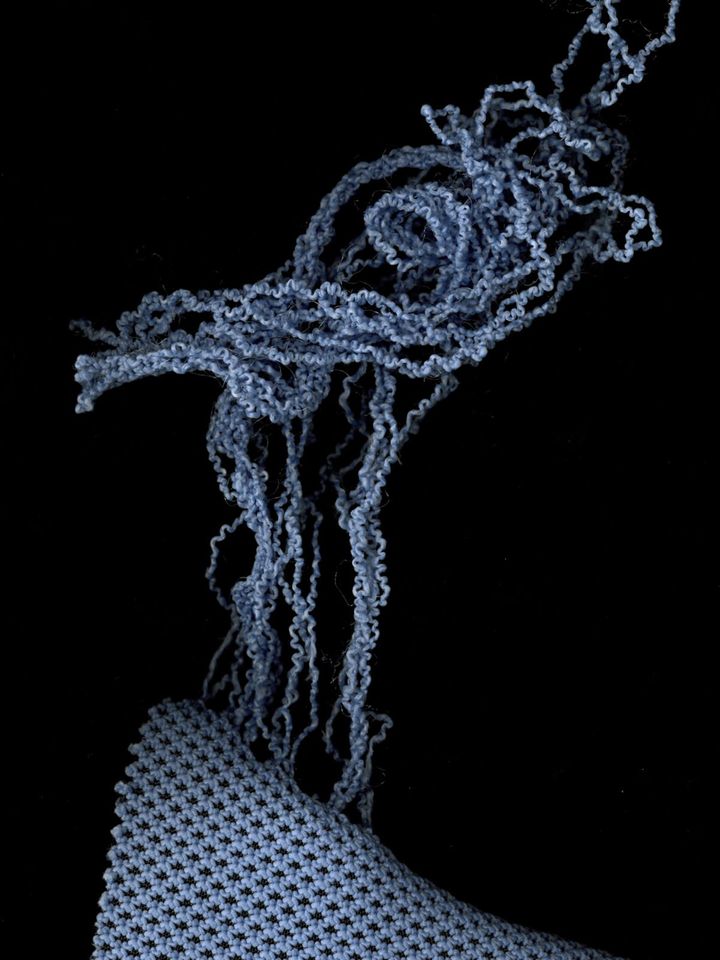
Selecting low-impact materials that use pre and post-consumer recycled feedstock.
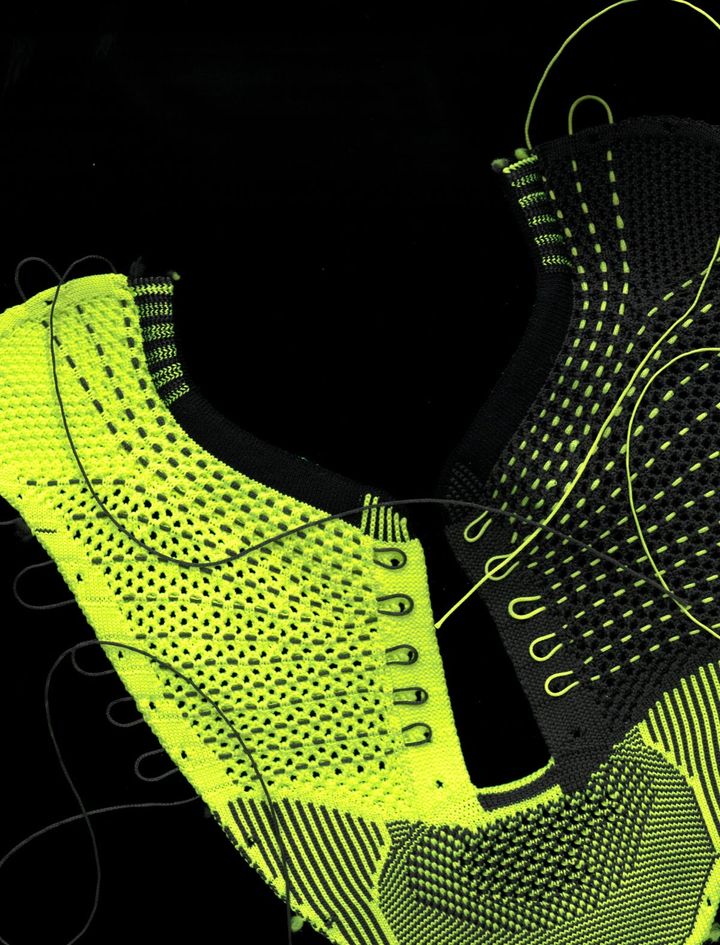
Minimizing or eliminating waste in the product creation process.
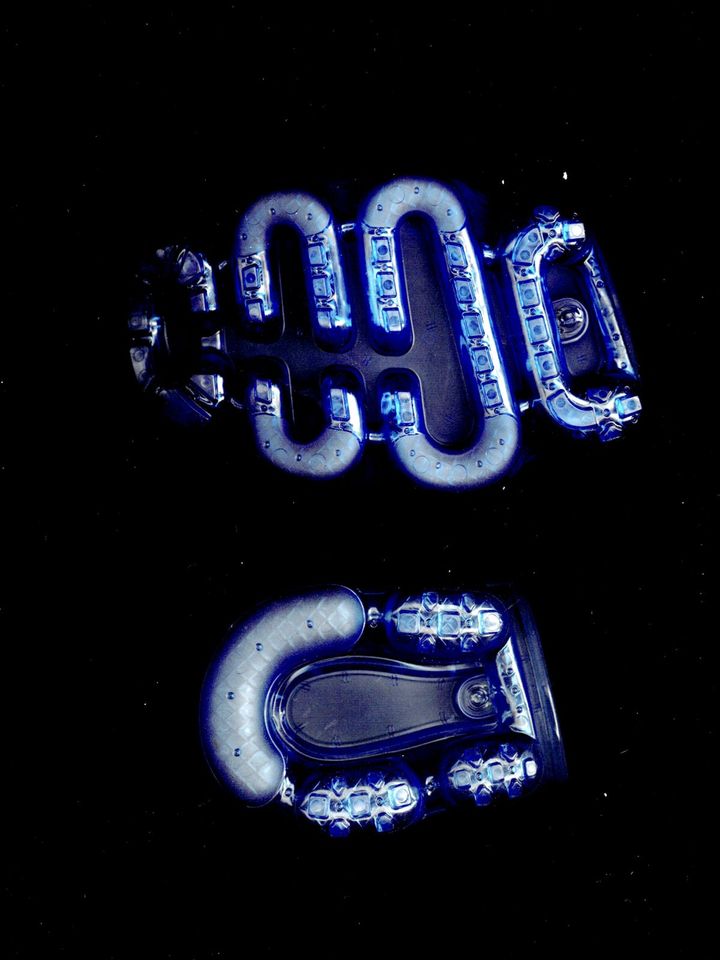
Chemical products and processes that reduce or eliminate the use of hazardous substances.
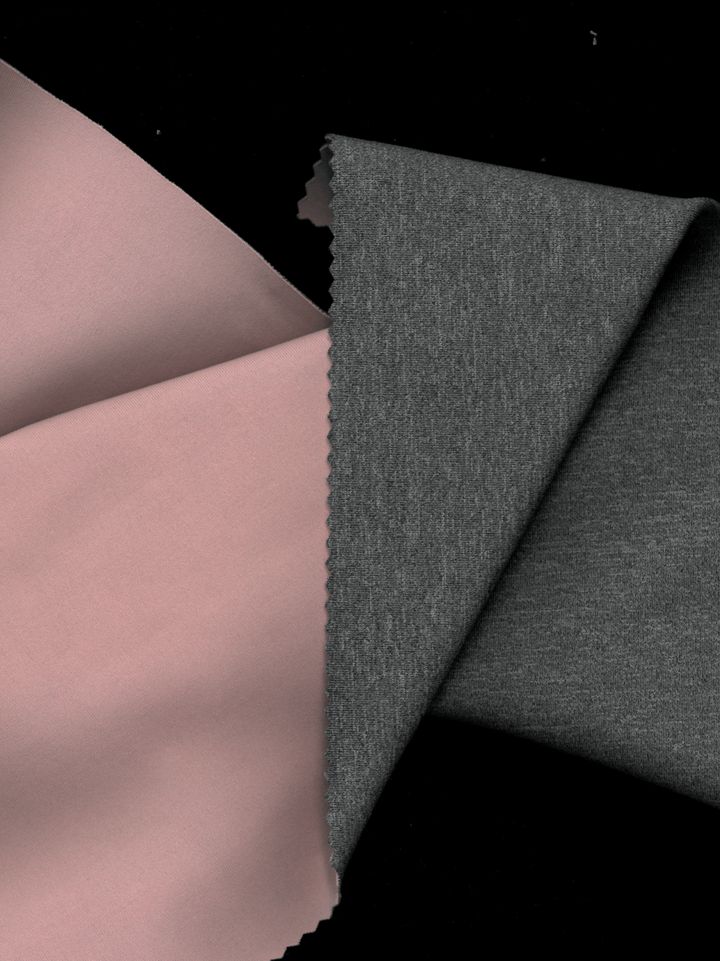
Products that easily adapt to growth, style, trend, gender, activity, and purpose.
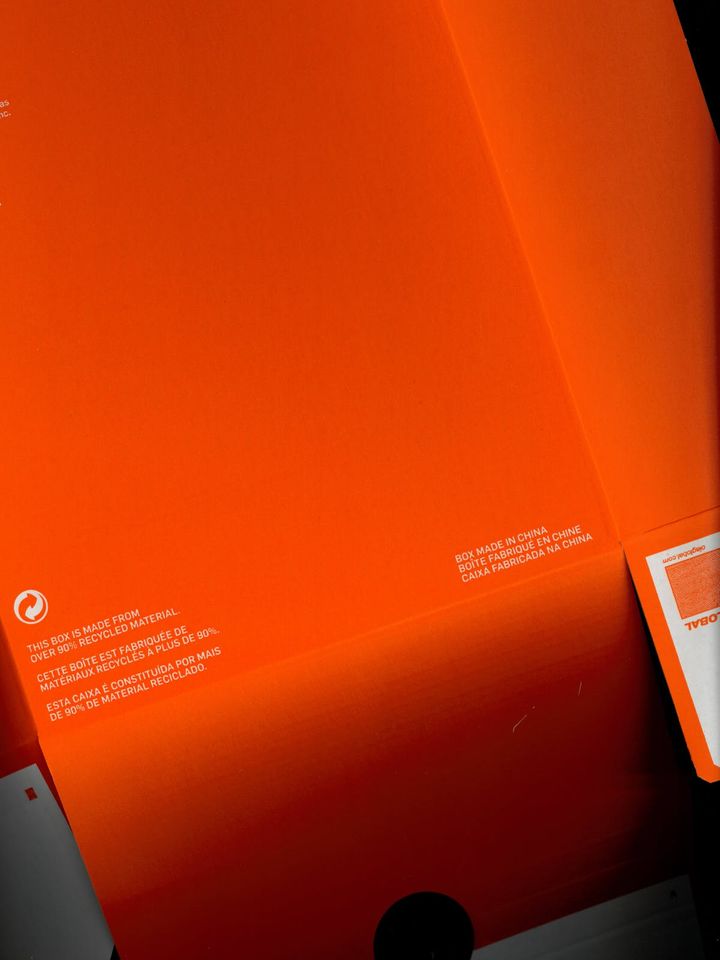
Purposeful packaging, made of materials that can be repurposed, recycled, or biodegraded
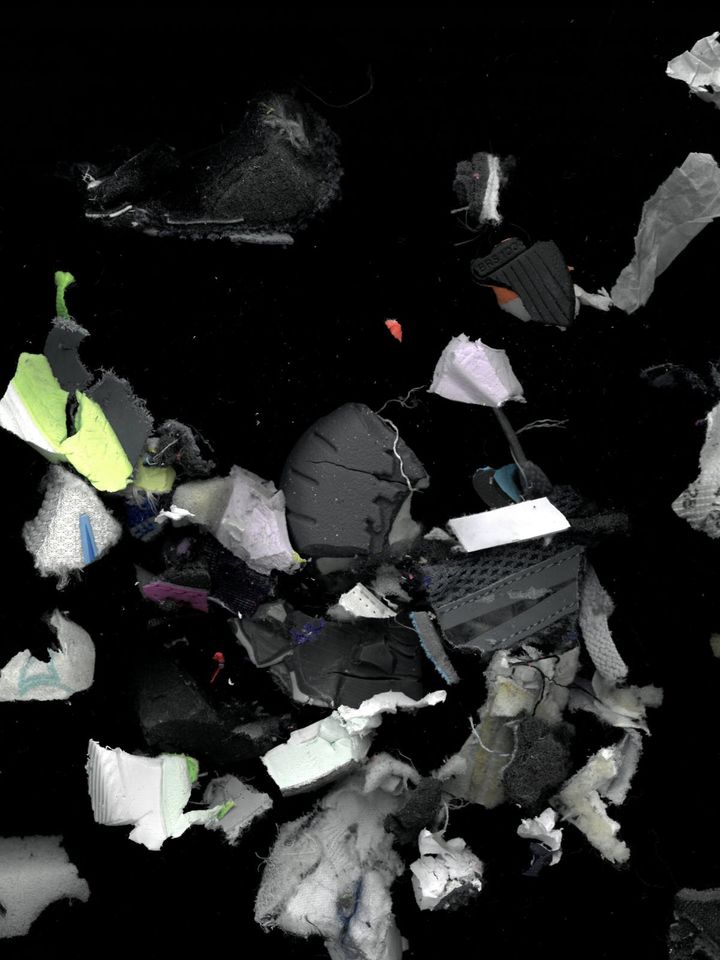
Designing with the end in mind; thinking through how a product will be recycled at the end of use.

Products that can easily be taken apart; recognizing the value of each component.

Prolonging the use of a product through repair os component parts or materials.
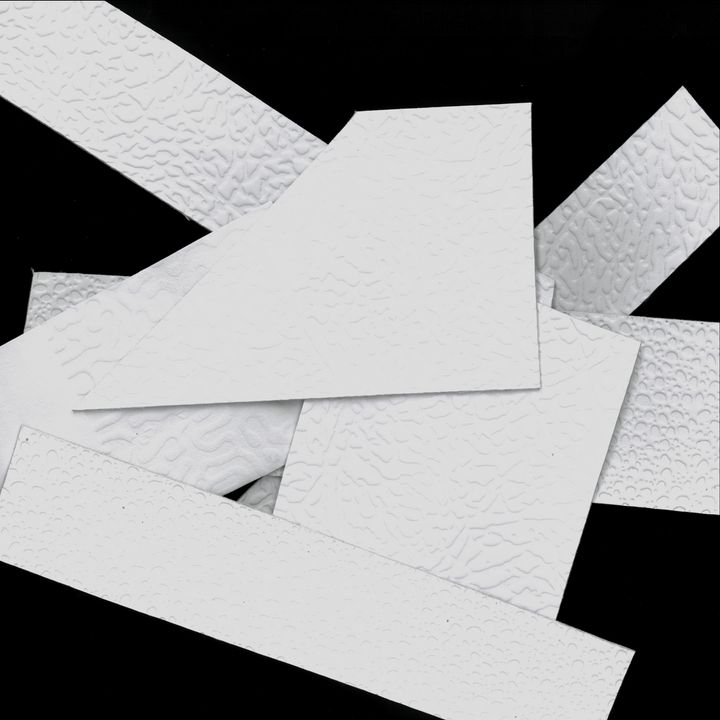
Products made stronger by method of make and durable material choices.

Establishing new service and business models to extend product life cycle.